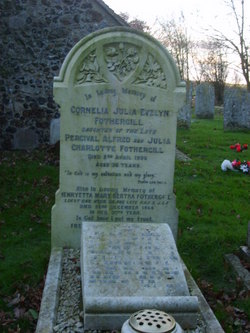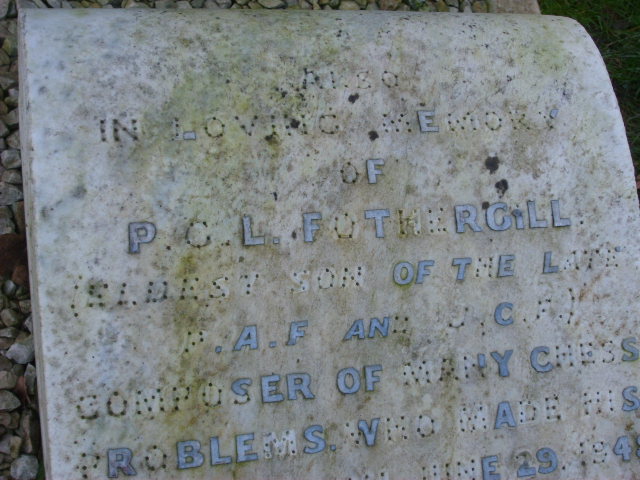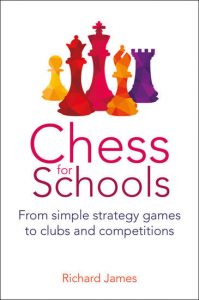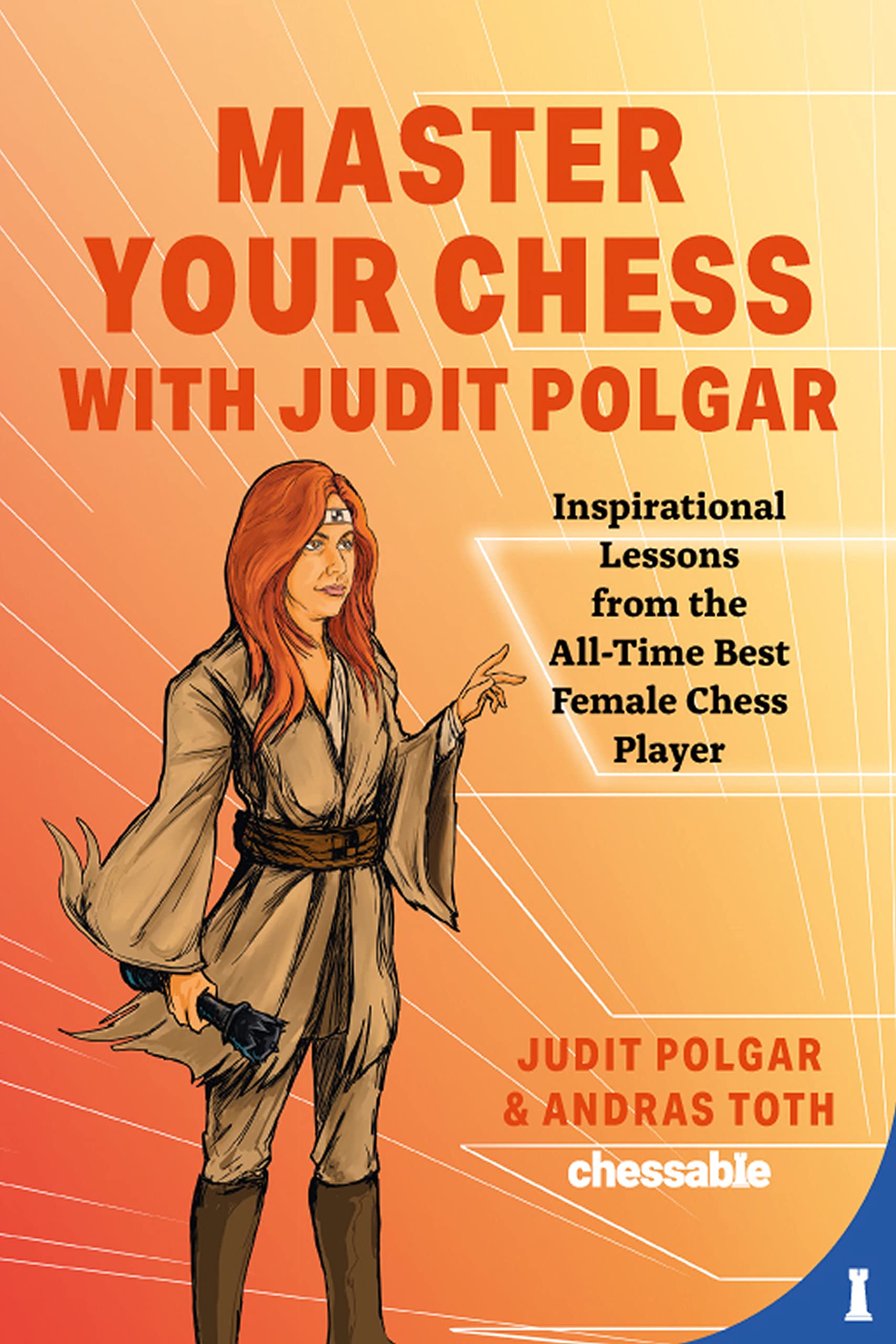
From the publisher:
“Judit Polgar was the best female chess player in the world for a record 26 years. In this book she reveals some of the secrets of her success. Together with prize-winning coach, International Master Andras Toth, she has created a course based on the training she received as a young player. It feels like private lessons from one of the best players in the world.
You will learn how to punish the three most common openings mistakes. And how to spot hidden tactical opportunities and how to force your opponent to play weakening moves. You will be taught how to master one of the most difficult skills in chess: seizing the initiative. And you will find the tools to turn yourself into a lean, mean, attacking machine. Master Your Chess with Judit Polgar covers all aspects of the game: from the opening to the endgame. The manual is accessible both for ambitious beginners wanting to build their chess development on a strong foundation and for intermediate players who have hit a plateau and need new insights to leap forward.”
Judit Polgar has been ranked 1st on the Women’s rating list from 1989 to this day. In 2005 she became the only woman in chess history to participate in the World Championship final.
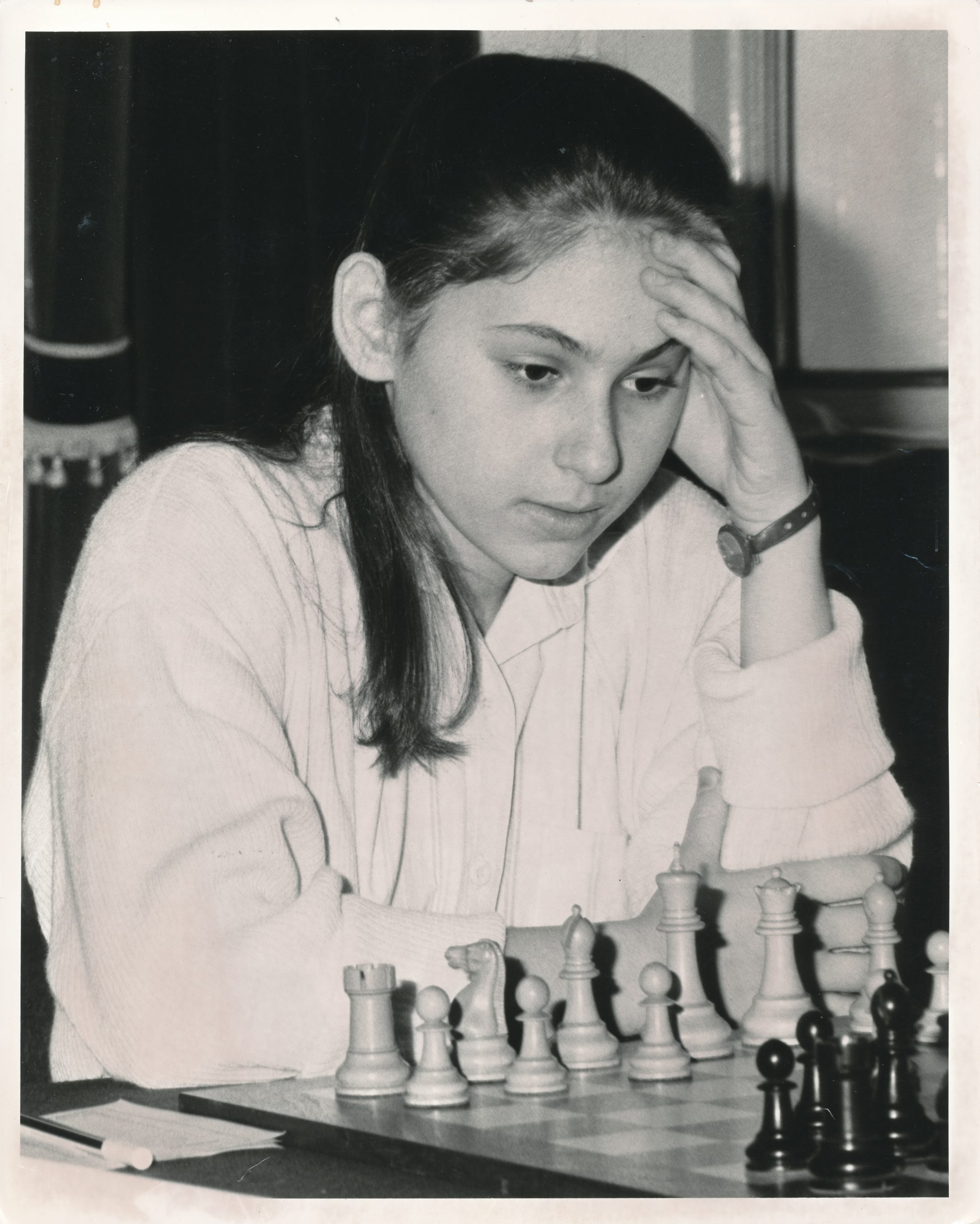
What we have here is an online course from chessable.com converted into a book.
Here’s Judit Polgar in the preface:
As an attempt to provide a rock-solid foundation to your game, we are going to cover all aspects of the game from the opening to the endgame. Again, we will do this in a unique and very focused fashion. Instead of wading through masses of opening theory, we are going to examine the main culprits that allow positions to break down.
We are going to look at the foundations of tactical play and will begin to delve into the most common positional themes. Last but not least, we are going to learn about endgame techniques and use endgame studies, not only to establish solid theoretical knowledge but to greatly enhance our calculation skills!
All this is going to be presented to you through a selection of games played by me and other experts of our royal game.
It’s described by Judit as a ‘starter kit’ and on the back cover as for ‘ambitious beginners’. It all depends on what you mean by ‘starter’ and ‘beginner’.
There’s an assumption that the reader is familiar with basic tactical ideas, opening principles and endgame theory, and is able to look ahead and calculate with reasonable proficiency.
For this reason, I’d consider this a book suitable for readers rated in the region of 1500-2000, although ambitious readers of, say, 1250 upwards would also benefit if they were prepared to work hard.
You can read some sample pages on the publisher’s website here.
You’ll observe from the contents that the book covers a wide range of themes across all areas of the game: openings, strategy, tactics and endings. Some of the chapter headings suggest material that wouldn’t be suitable for beginners: for example, Positional Queen Sacrifices, Openings that Thrive on Initiative or Complex Endings. Each chapter is introduced by a page in which the reader is invited to find the best continuation in four diagrammed positions. The diagrams are repeated over the page with the correct answer underneath: these positions are then explained in detail within the chapter.
Judit Polgar is second to none at both playing and selecting games and positions which are at the same time instructive and aesthetically pleasing. Together with her co-author Andras Toth she does an excellent job at explaining the examples, asking questions to the reader where appropriate, avoiding too many variations, and providing short and pertinent nuggets of advice.
Here’s a short game from the second chapter which Judit describes as ‘a particularly educational game to model the dangers of bringing the queen out too soon and neglecting development!’, adding that 12… Nxc3 13. Bxc3 Qb5 14. Nd6+ wins the queen.
Click on any move for a pop-up window.
It’s good to see in Chapter 4 that Polgar, like me, uses the acronym CCTV when teaching tactics, although she refers to Checks, Captures and Threats Variations, while I prefer Checks, Captures, Threats and Violent moves (or looking for Checks, Captures and Threats leads to Victory).
Of course, tactics and strategy always go hand in hand, and, as a brilliant tactician who was brought up on a diet of solving tactical puzzles, even her chapters on strategy include examples with sparkling conclusions. Take this example from Chapter 7 on Misplaced Pieces, where another Hungarian demonstrates his skills.
You’ll find a number of endgame studies scattered throughout the book. Here, from the chapter on Unexpected Tactics, is the conclusion of an extraordinary study composed by Yuri Dorogov (Targoviste 1982).
Black is two queens up, with a pawn seemingly about to promote, but an inspection of the position reveals that there’s no way that 6. b3 can be prevented. Amazing! Who’d have thought it?
Chapter 21, Openings that Thrive on Initiative, includes the Botvinnik Semi-Slav, according to Polgar and Toth a super-exciting opening branch with vast theory and super-complicated games! Here’s an example, described by the authors as a remarkable victory and creative effort by Kaidanov.
This review wouldn’t be complete without an example of Judit Polgar’s play. There are many of her brilliant tactical finishes in the book, but, like all great players, she also excelled in the ending.
This example comes from Chapter 28: Complex Endings. Judit explains: This endgame was a particularly satisfying one as I managed to execute a wide range of strategic and tactical themes within one game, including some awesome king maneuvers…
As you can see, you get 500 pages of terrific chess in this book, with 287 ‘games’. Some of the positions were familiar to me, but most weren’t.
The book is a sturdy, good-looking hardback: a very welcome from the usual rather flimsy softback books. The presentation is rather unusual, and much more colourful than most chess books, as a result of its being produced from an interactive course. The diagrams are graphic rather than character based, in tasteful two-tone brown. I quite like them myself, but perhaps some readers will prefer something more traditional. Some of the diagrams are enhanced with shaded squares and arrows, which, for me, are more appropriate for a screen than a book, where they don’t display especially well. The book uses a wide sans serif font which is perfect for screen display, but again you might prefer a more traditional serif font. I think it looks rather attractive as there isn’t a lot of heavy text in the book, but you might disagree. Questions are asked in blue, which makes them stand out from the rest of the text. On the whole, I thought the book looked really good: much more appealing than many chess books and excellent value for money: you can get it for under £30 if you shop around.
Then there’s the writing style, which tends towards the hyperbolic. The other day I was teaching a 7-year-old beginner. Whenever he found a checkmate in a puzzle I set him he exclaimed ‘Boom’!. In this book you sometimes get ‘Kaboom!’ instead. Moves are often described as ‘awesome’, ‘super-exciting’ or similar epithets. You might find that this enhances your reading experience, making it more like a personal lesson. On the other hand, you might consider it more suitable for a primary school classroom than for a book written for intelligent adults.
One further minor complaint: as with many books from this publisher, it would have benefited from additional proofreading by a native English speaker.
The quality of the material is outstanding throughout – ‘awesome’ if you prefer. The book covers a wide range of important topics suitable for club standard players. The examples are both educational and inspirational, with clear and helpful annotations. You’ll learn a lot about calculation and tactics, about positional play and strategy, but, more than that, you’ll encounter a lot of excitement, creativity and beauty. Studying this course will undoubtedly improve your chess as well as giving you a greater appreciation of the aesthetics of the game. It’s hard to imagine a more enthusiastic and inspiring guide and role model than the world’s strongest ever woman player. If you prefer, you can purchase the online course instead, but if you favour more traditional media, this book will grace your library.
As long as you’re happy with the presentation and writing style, this book deserves a very strong recommendation for all club players, with the caveat that, despite the suggestion on the back cover, it’s not suitable for complete beginners.
You might also want to visit Chessable to hear Judit talking further about the course.
Richard James, Twickenham 25th October 2022

Book Details:
- Softcover: 510 pages
- Publisher: New In chess (31 May 2022)
- Language: English
- ISBN-10:9493257339
- ISBN-13:978-9493257337
- Product Dimensions: 17.81 x 3.33 x 23.83 cm
Official web site of New in Chess


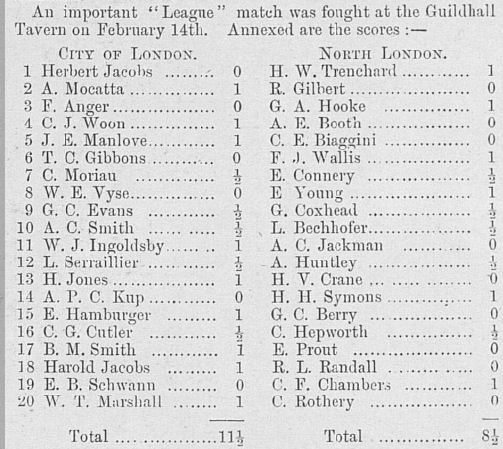
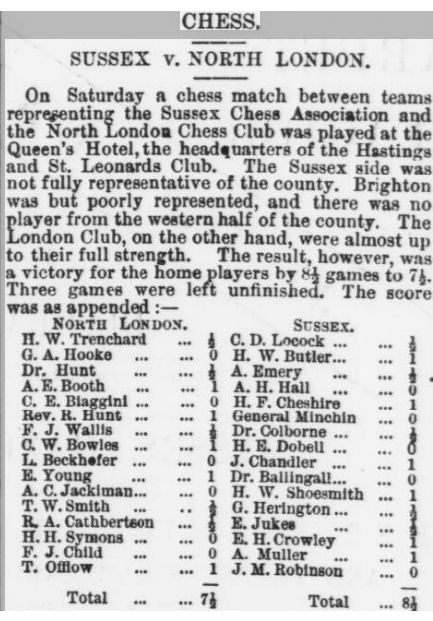
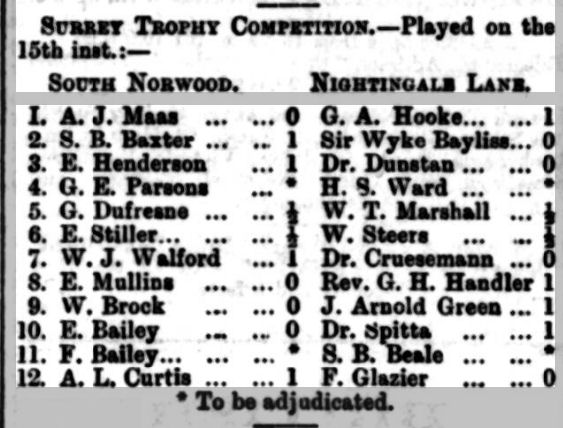
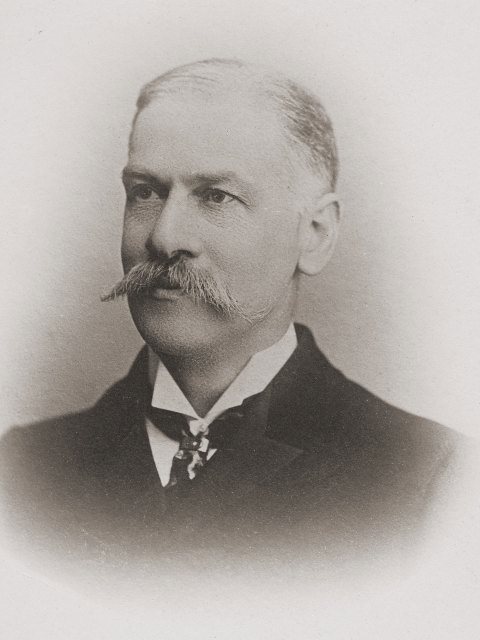
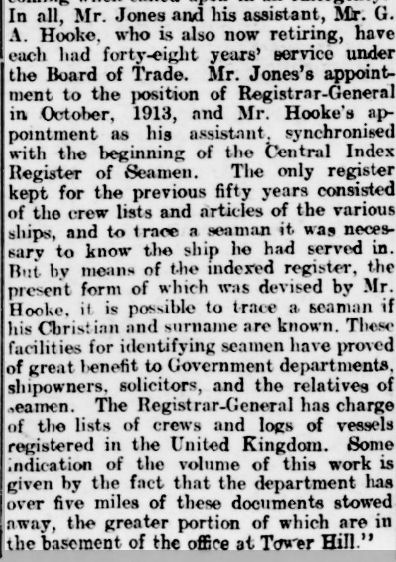
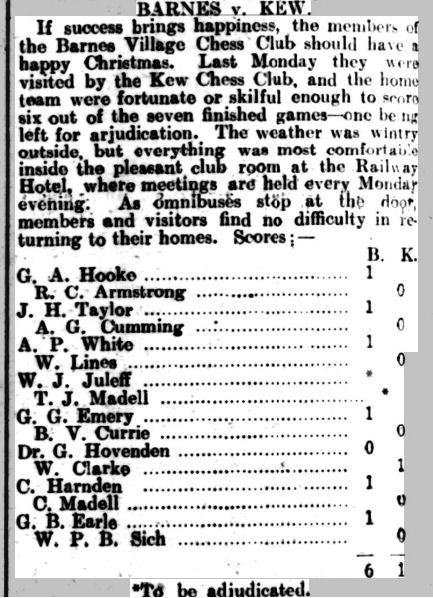
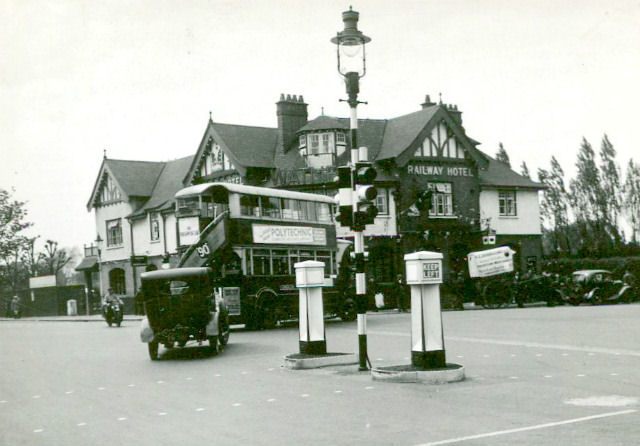
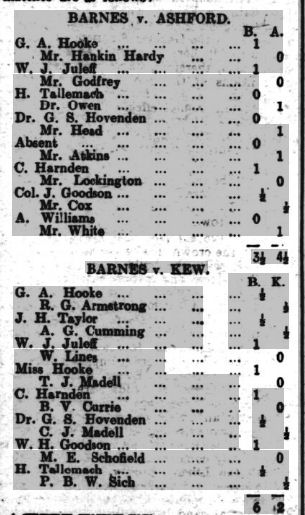
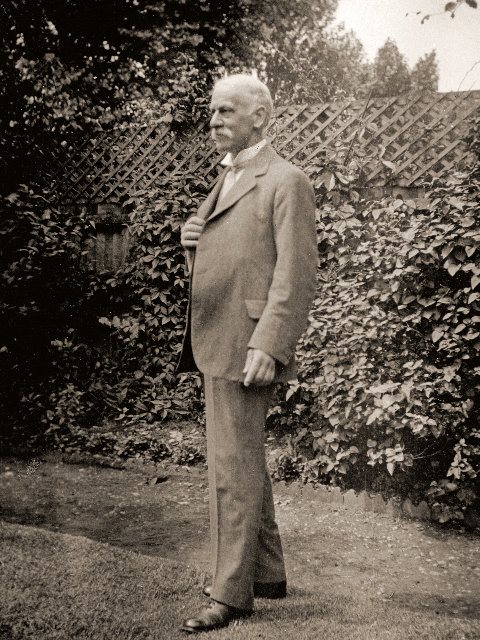
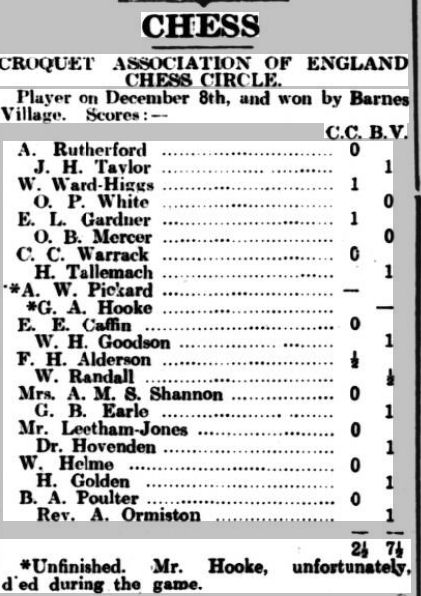
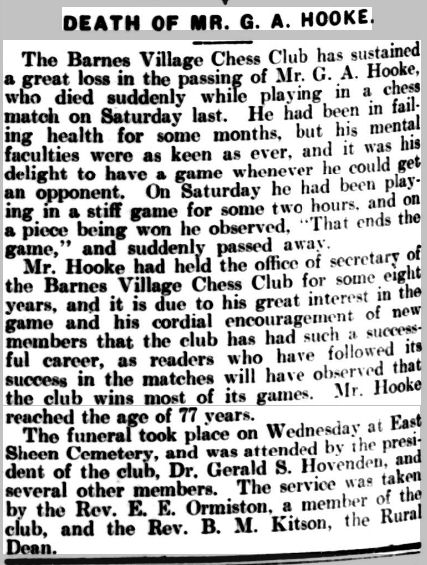
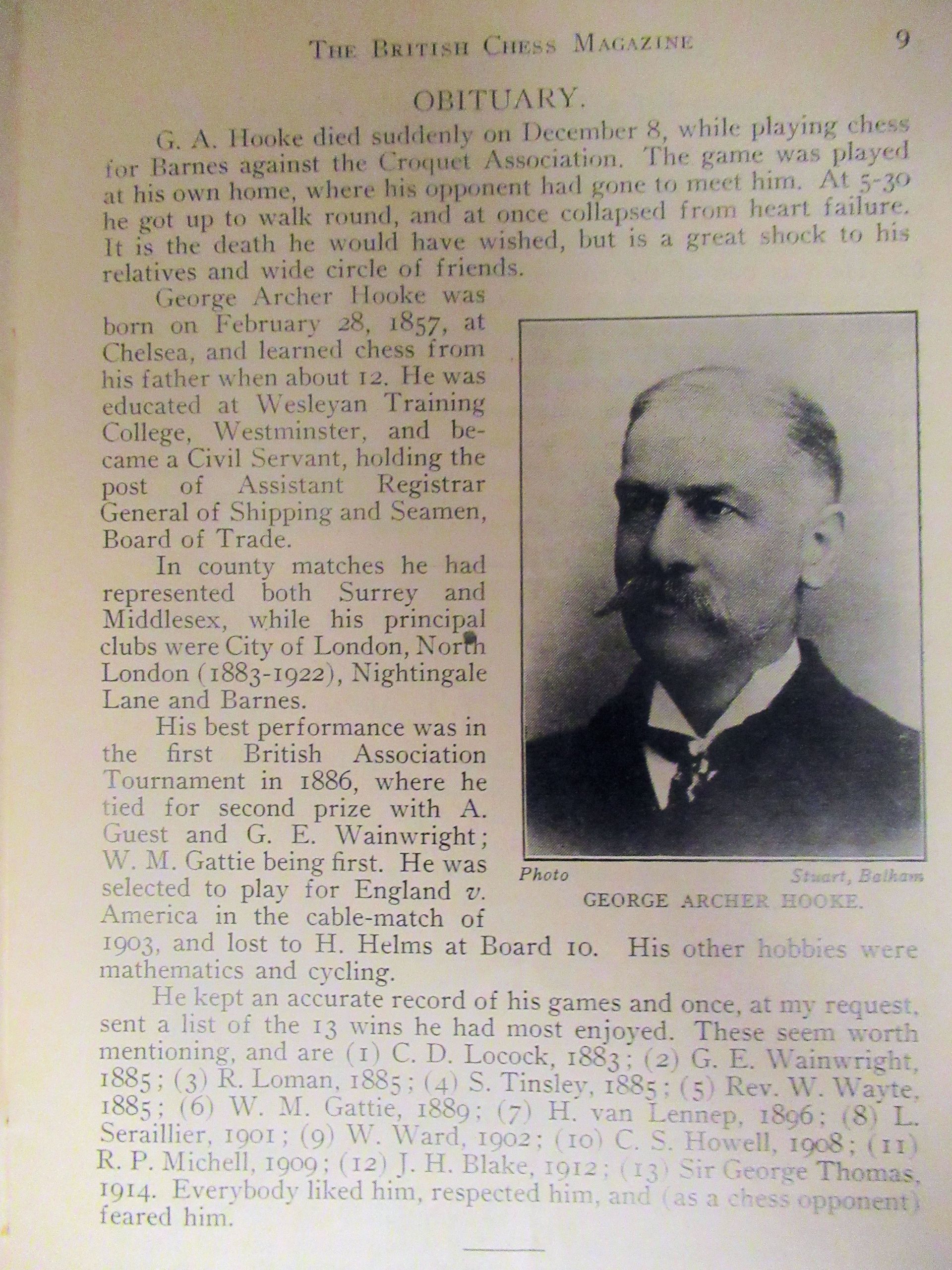
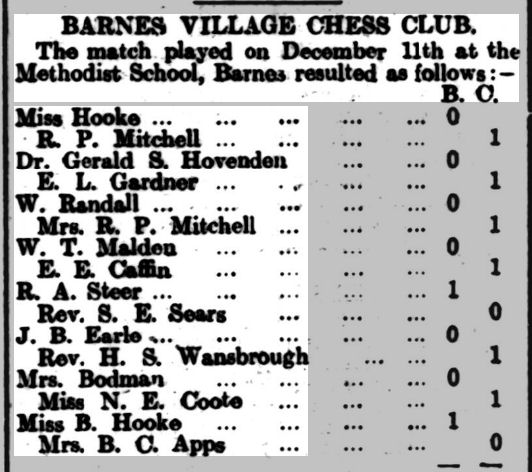
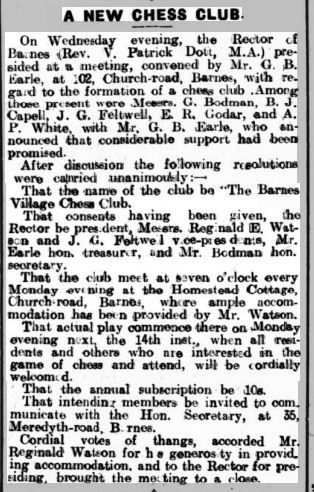
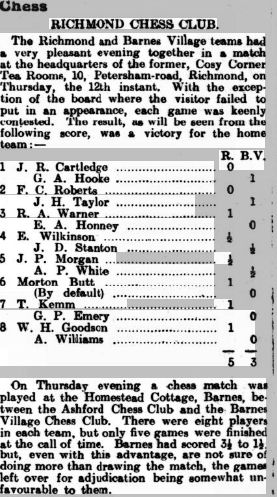
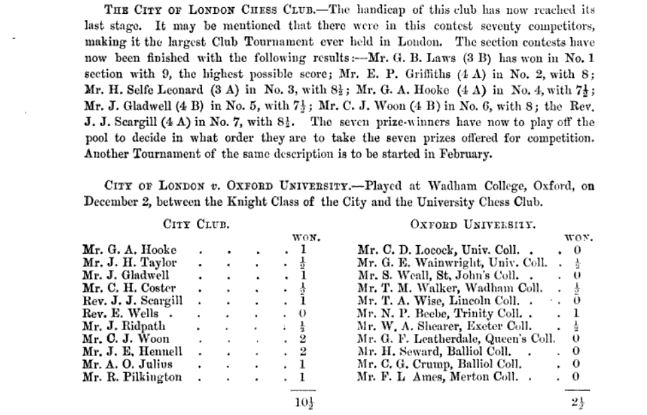

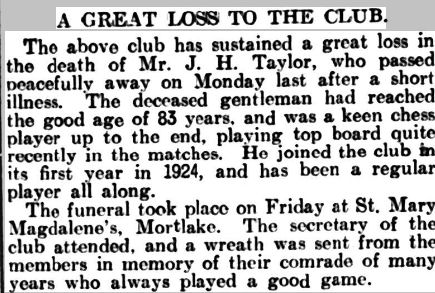
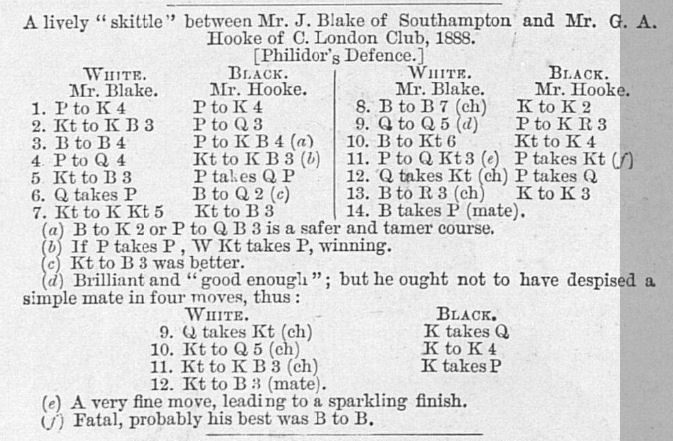
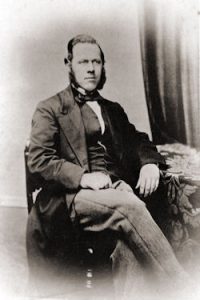

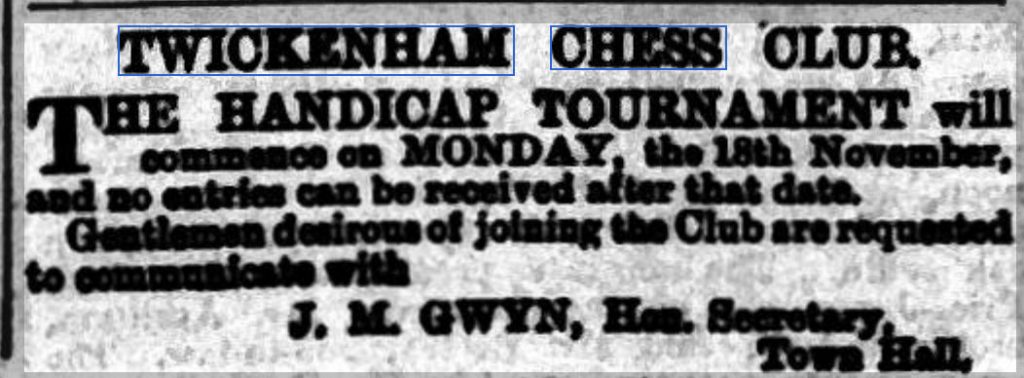
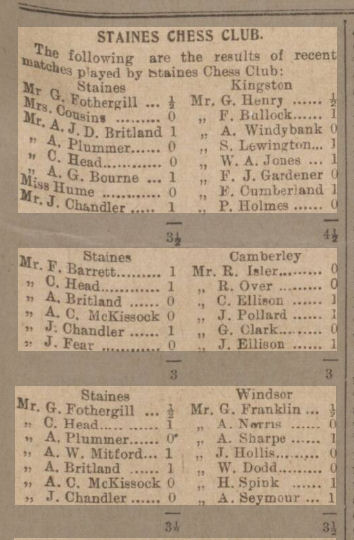
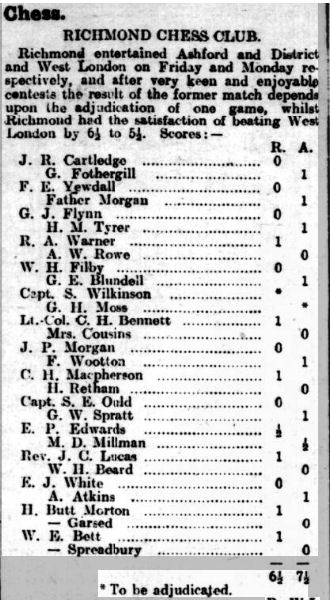
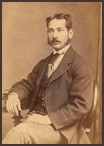
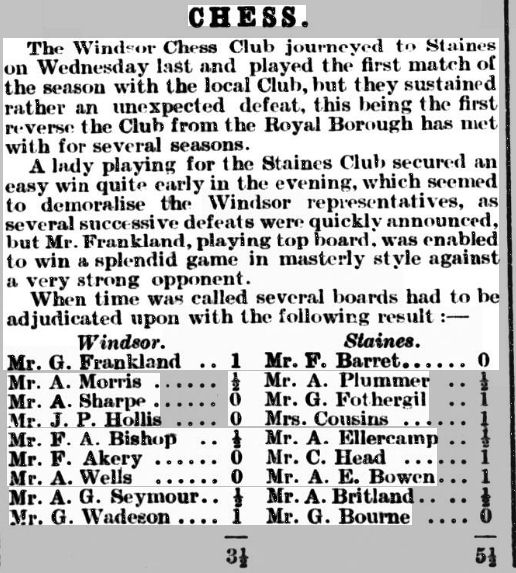
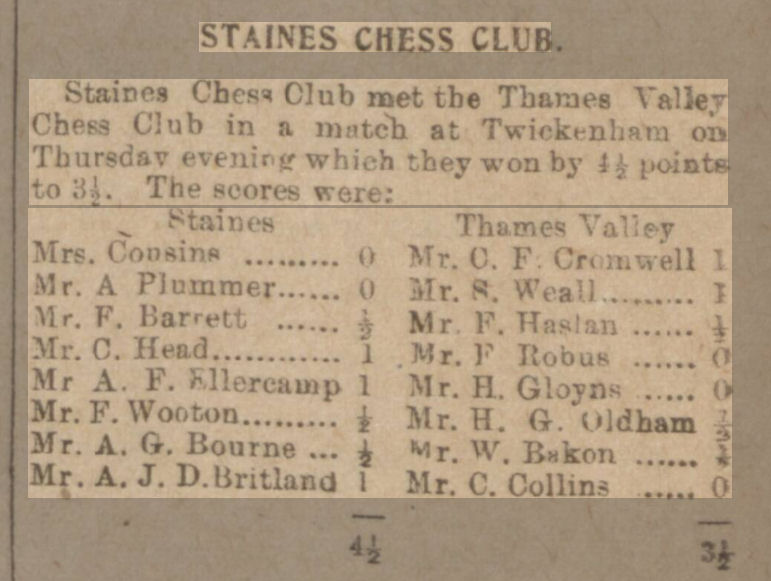
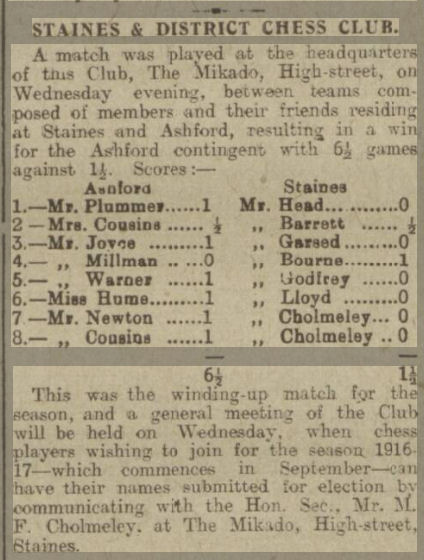
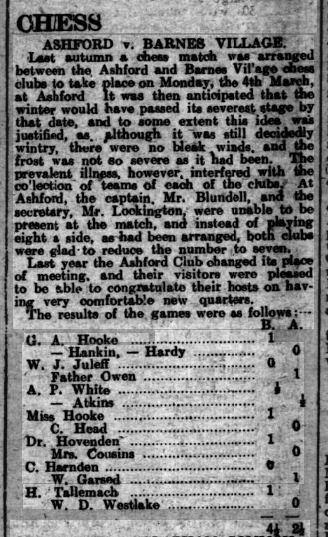
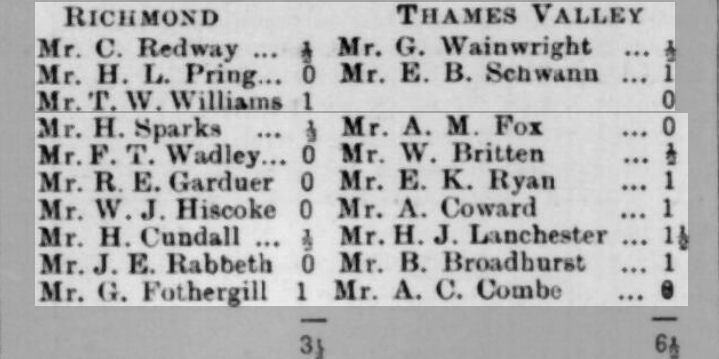
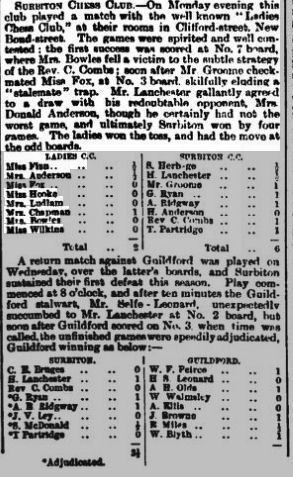
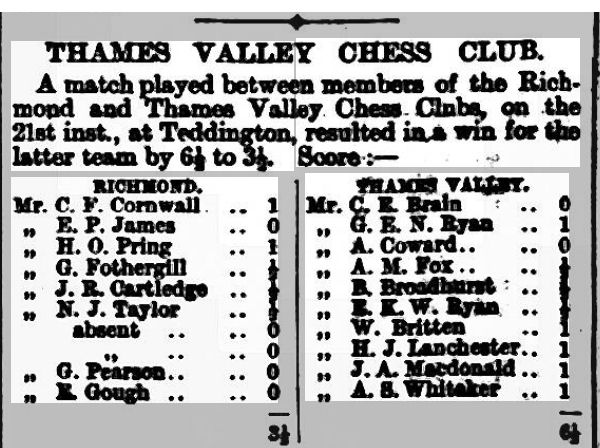
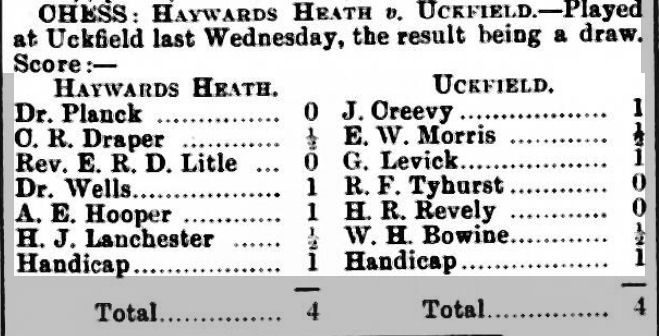
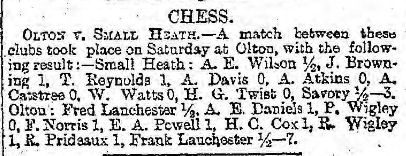
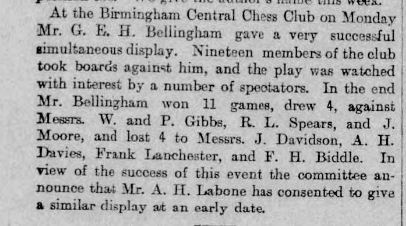
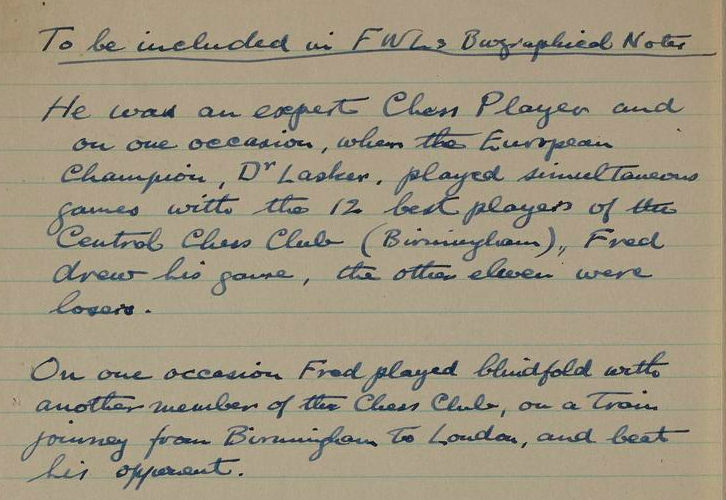
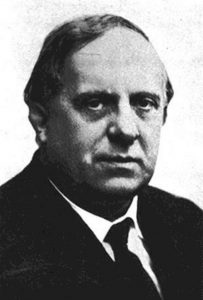
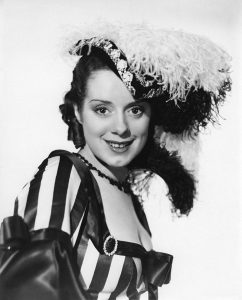
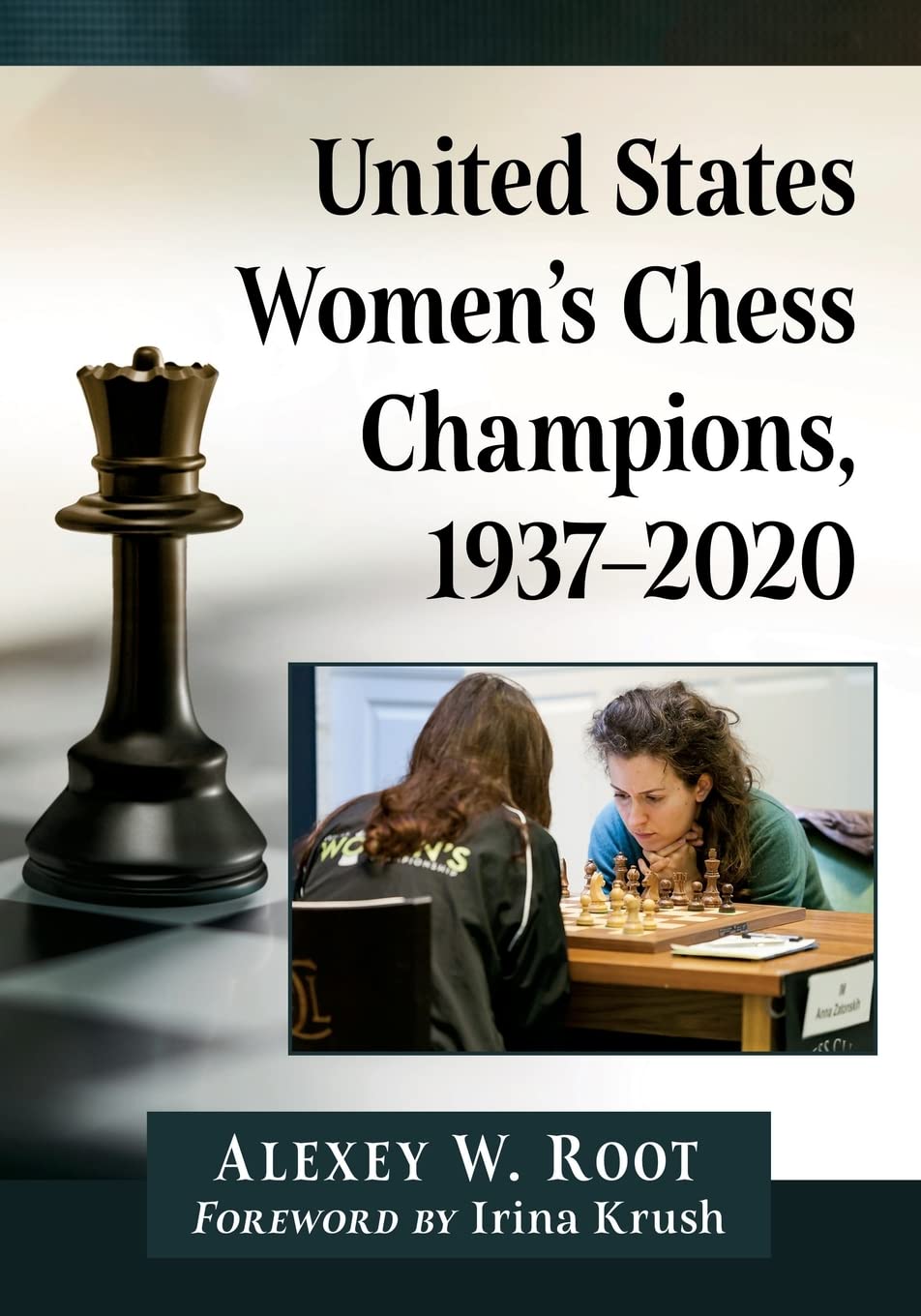
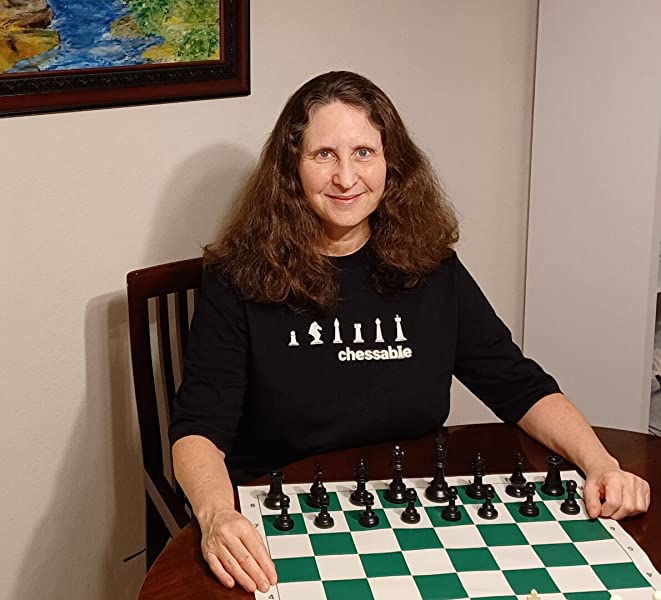
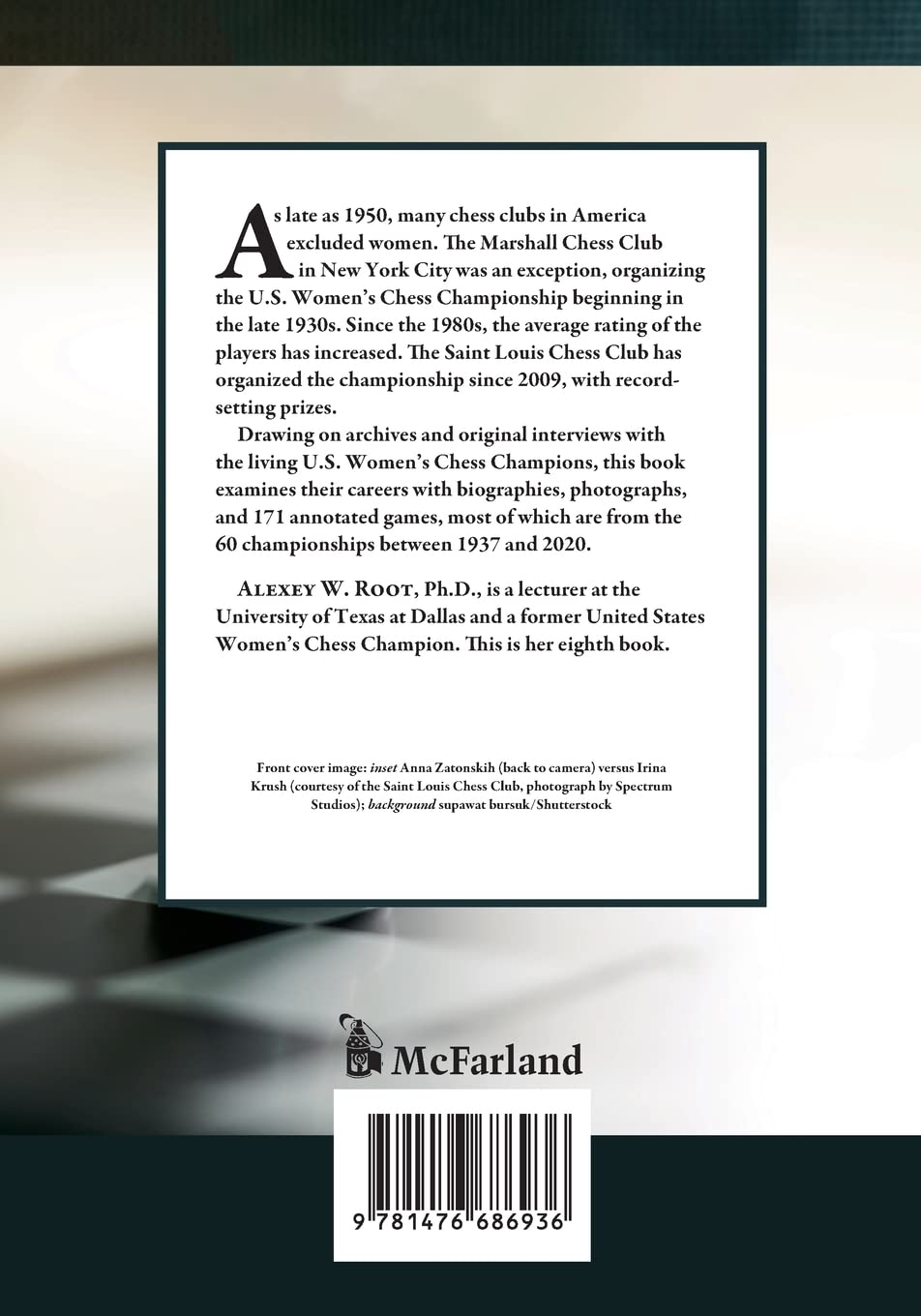
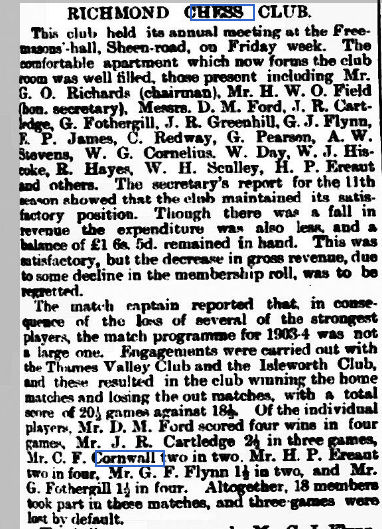
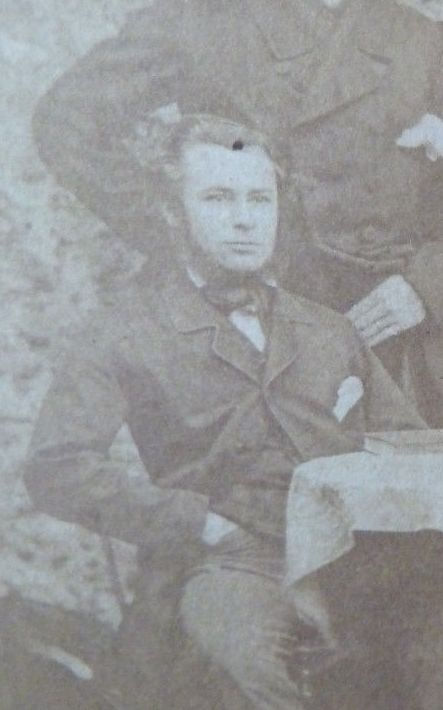
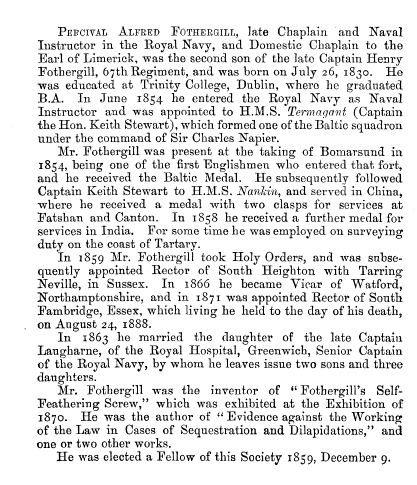
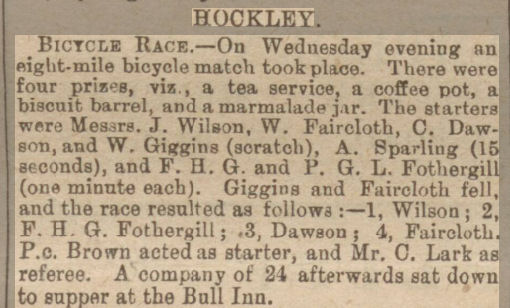
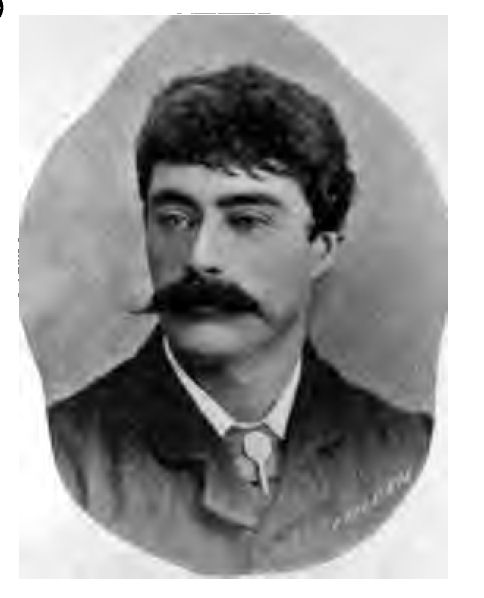
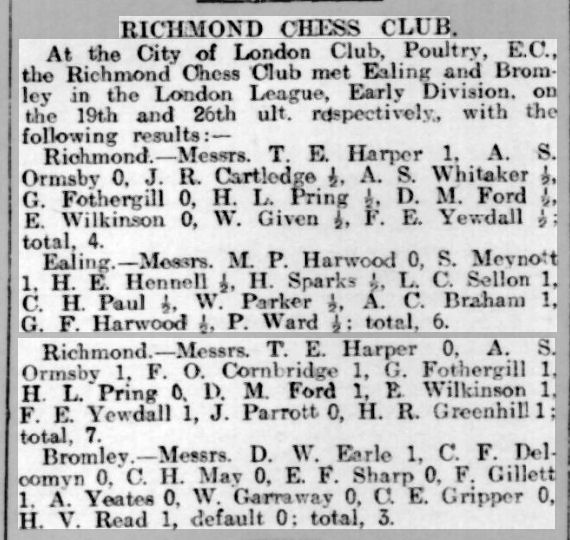
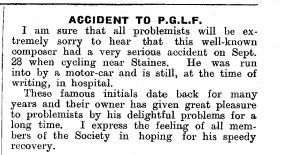
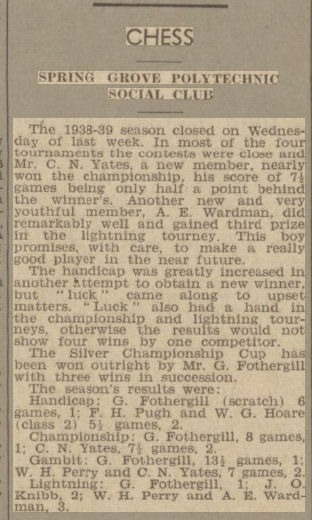

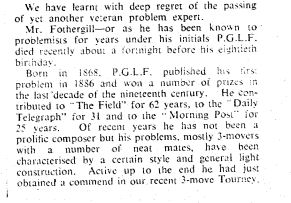
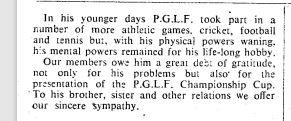 Unfortunately the accompanying photograph didn’t reproduce well.
Unfortunately the accompanying photograph didn’t reproduce well.